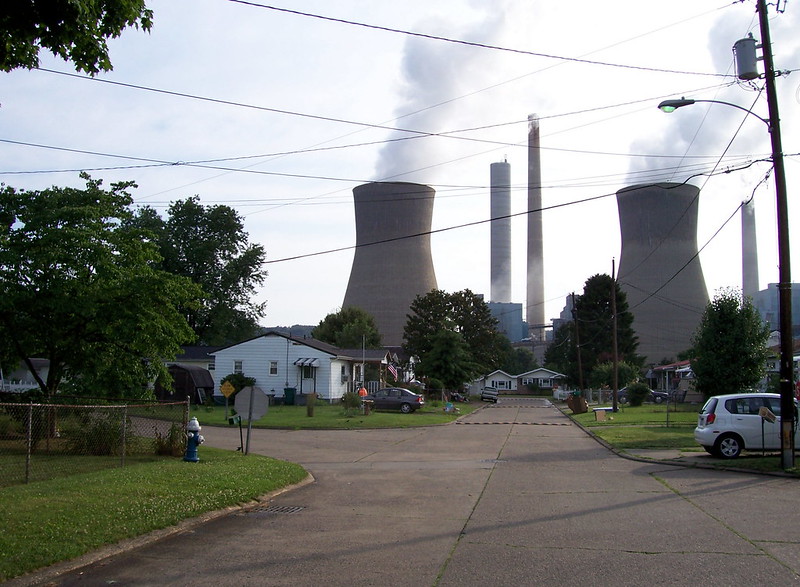Historically redlined communities in the U.S. today have lower home values, poorer health, and greater exposure to environmental hazards. Our research found that between 2000 and 2019, fossil fuel power plants were 31% more likely to be built near and upwind of neighborhoods that were redlined in the 1930s.
Views 3423
Reading time 4 min
published on Sep 13, 2023
Why are some communities more burdened by air pollution than others? People of color including Black, Hispanic, and Asian Americans are more likely to live in neighborhoods with poor air quality. Breathing dirty air aggravates asthma and heart disease and is estimated to cause 100,000 premature deaths in the U.S. every year.
We investigated the role of redlining in creating disparities in air quality. Federal Home Owners’ Loan Corporation (HOLC) redlining maps ranked U.S. neighborhoods according to perceived lending risk ranging from A (‘best’) to D (‘hazardous’ or redlined) as part of an effort to encourage mortgage lending and prevent foreclosures in the wake of the Great Depression. Neighborhoods with Black, East Asian, Filipino, and foreign-born residents were more likely to receive poor grades, while A-graded neighborhoods were almost exclusively home to White, U.S.-born families. As a result, redlining reinforced residential segregation and discouraged investment in communities of color.
Recent studies point to a link between historical redlining and present-day inequalities in air pollution. We investigated the relationship between HOLC grades and one source of air pollutants - fossil fuel power plants. We found that across 196 U.S. cities, a fossil fuel power plant was more likely to be built upwind and nearby (within 5 km) of redlined neighborhoods than neighborhoods graded A, B or C.
Redlining became illegal with the passage of the Fair Housing Act in 1968, and we found its influence on power plant siting waned over time. Redlining appeared most influential between 1940-1969. However, even into the 21st century (2000-2019), D-graded neighborhoods had a 31% higher chance of a power plant being built nearby and upwind than C-graded neighborhoods.
The choice of where to build a power plant is influenced by many things, including the availability of land, infrastructure, and workers. We were able to increase our certainty that redlining played a role in siting decisions by using statistical models to rule out the possibility that differences in socioeconomic conditions or proximity to pre-existing power plants that pre-dated the publication of the redlining maps explained the association we found.
What is the enduring impact of redlining in terms of air quality? The numbers are substantial: when considering all upwind fossil fuel power plants within a 5 km radius, neighborhoods graded D today experience 82% higher emissions of nitrous oxides and 63% higher emissions of particulate matter, compared to C- graded neighborhoods. The differences are even larger comparing D- to A- graded neighborhoods. These air pollutants have been linked to a variety of health problems including asthma, respiratory illness, heart disease, and premature death. Other studies show living near a power plant is linked with more emergency room visits, asthma exacerbations, respiratory-related hospitalizations, premature births, and reduced fertility.
Ultimately, the HOLC maps are just one reflection of deep-seated structural racism in the housing market. Other practices like discriminatory zoning, racially restrictive covenants that prevented the sale of homes to people of color, urban renewal projects that targeted diverse communities for razing and redevelopment, and predatory lending also helped create deeply segregated U.S. cities and unequal opportunities for good health. As we transition from fossil fuels to cleaner, renewable sources of energy, we have the opportunity to right past wrongs and improve air quality in communities of color. How can we come out from under the shadow of redlining and reimagine our energy system so that everyone has access to clean air?
Original Article:
LJ Cushing, S Li, B Steiger, JA Casey “Historical redlining is associated with fossil fuel power plant siting and present-day inequalities in air pollutant emissions” Nature Energy (2022), doi: 10.1038/s41560-022-01162-y
 Earth & Space
Earth & Space



